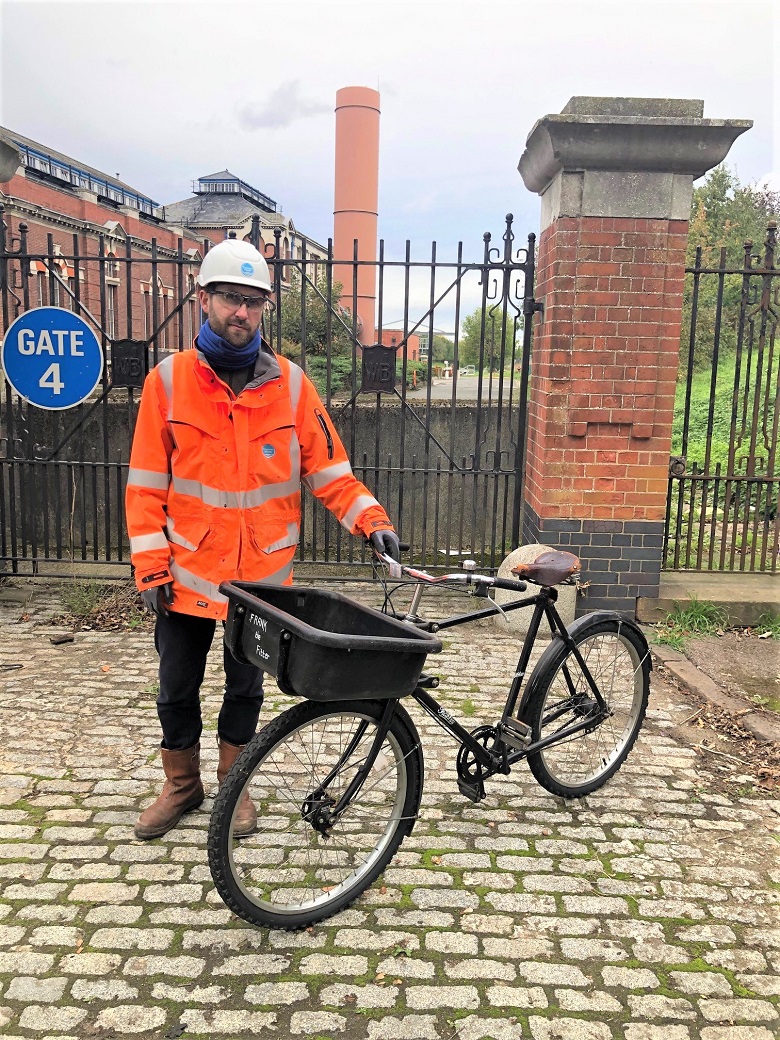Vintage bikes restored to cut diesel emissions at flagship water treatment site
Wednesday 4th November 2020 11:01

One of Thames Water’s most technologically advanced sites has turned back the clock to help cut its carbon emissions – and get its workers fitter and healthier.
Engineers at Walton Advanced Water Treatment Works in Surrey have rescued and refurbished three old ‘sit-up-and-beg’ bikes which they now use to get around the huge site as an alternative to driving diesel-powered vans.
David Jenkins, water production manager at Walton AWTW, which supplies up to 110 million litres of drinking water a day to hundreds of thousands of customers across London, said: “These lovely old bikes were just gathering dust in storage. We think they’re probably from the old Metropolitan Water Board days decades ago.
“They have the nicknames painted onto the baskets of the people who used to ride them, such as Turncock Tom and Frank the Fitter. It just seemed to me the bikes had loads of personality and would be perfect for getting around the site.
“They get a fair amount of use and are a great alternative to using the vans. We’re using less diesel and getting a lot more exercise. It will help, even in a small way, towards Thames Water’s goal of becoming zero net carbon by 2030.”
The bikes, made by Pashley in Stratford-upon-Avon, were brought back to life by a local dealer after Thames Water agreed to pay the refurbishment costs.
They are now used to deliver parts and tools right across Walton AWTW, which covers an area of 47 acres. The site is a few miles south of Heathrow Airport, between the River Thames and the Queen Elizabeth II Reservoir.
Each bike covers about five miles a day, so will result in considerable diesel savings over a year.
David added: “When they were delivered back from the bike shop there was a great buzz, and everyone came out to view them.
“The team also enjoy looking after them, so that helps with their repair and maintenance skills which are essential on a site like this.
“It’s also just a great connection with the past at one of Thames Water’s beautiful old sites.”
Built in the 1920s, Walton has become one of Thames Water’s flagship water treatment plants. The site pioneered the company’s own high-tech water treatment system and is one of five advanced treatment works that supplies the London Ring Main.
In 2019/20, Thames Water generated over 23 per of its own electricity needs from renewable sources. It has two wind turbines at sites in east London and solar panels at 43 sites, including Europe’s largest floating solar panel array at Queen Elizabeth II Reservoir.
Self-generating its own renewable energy reduces Thames Water’s greenhouse gas emissions and avoids the equivalent of around £32 million a year in energy costs.
The Metropolitan Water Board was founded in 1903 to bring the nine private water companies supplying water to London under a single public body.
